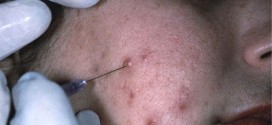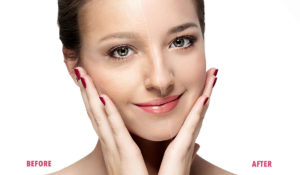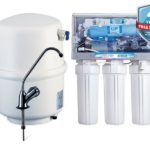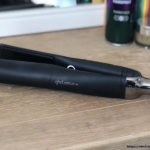 The only thing more stressful than dealing with a pimple is the not-so-wonderful parting gift it leaves behind when it goes away: an acne scar. Not to be confused with post-inflammatory hyperpigmentation, which can fade with the proper and diligent use of sunscreen, retinols, and over-the-counter brighteners, acne scars are permanent indentations due to damage of collagen in your skin.
The only thing more stressful than dealing with a pimple is the not-so-wonderful parting gift it leaves behind when it goes away: an acne scar. Not to be confused with post-inflammatory hyperpigmentation, which can fade with the proper and diligent use of sunscreen, retinols, and over-the-counter brighteners, acne scars are permanent indentations due to damage of collagen in your skin.
Acne
Acne vulgaris is a common skin condition affecting the face, back and neck mainly. It affects approximately 80% of adolescents, and subsequent scarring is a prominent concern for these patients. Acne has been classified into two categories: atrophic acne and hypertrophic acne.
Atrophic acne is the most common form of acne and has been further broken down into boxcar, ice-pick and rolling scars. A recently adapted treatment for acne scars involves the use of temporary, semi-permanent, or permanent dermal fillers.
A study printed by the British Association of Dermatologists found that dermal fillers used to treat acne scars based on a collection of past conducted research was effective.
The Research
A list of selected dermal fillers was compiled for review. The only temporary filler identified in the study was hyaluronic acid. Semi-permanent fillers consisting of poly-L-lactic acid commonly known as Sculptra, and calcium hydroxylapatite were included.
The review also included research on the following permanent fillers: polymethylmethacrylate, polyalkylimide, polyacrylamide, and silicone. For each dermal filler, a series of studies were organised into categories describing their aims and findings.
The article acknowledged that only one of the listed fillers, Bellafill, was actually approved (at the time of testing) by the FDA based on results of a randomised controlled trial. It was also stated that topically administered fillers might involve laser assistance in the future.
Even though dermal fillers are a well-known form of treatment for tissue augmentation, they are not used as much as they should be with respect to treatment of acne scars. The FDA-approved filler Bellafill yielded strong results in support of its use during a randomised controlled trial.
Research leads to the indication that dermal fillers are effective in treating boxcar and rolling atrophic acne scars, in comparison to ice-pick scars. The article further indicates that efficient use may be correlated to duration of action of the treatments.
Dermatologists are encouraged to employ dermal fillers as potential treatments for acne scars. Although the article does not present new research, it effectively compiles pre-existing data and provides a convincing conclusion in support of dermal filler treatment for atrophic acne scars.
With increasing emphasis on skin care and treatment, dermatologists may be able to recommend dermal fillers as treatment options for acne scars. With the variety of treatment options available, dermal fillers can be prescribed to match an array of skin types and conditions, offering options that cater to the needs of the patient.
Additional research on certain dermal fillers could lead to further FDA approval, broadening patient’s options and this emerging area of the cosmetic industry. For more information on how dermal fillers can effectively treat acne visit http://epiclinic.com.au/treatments/dermal-fillers/











